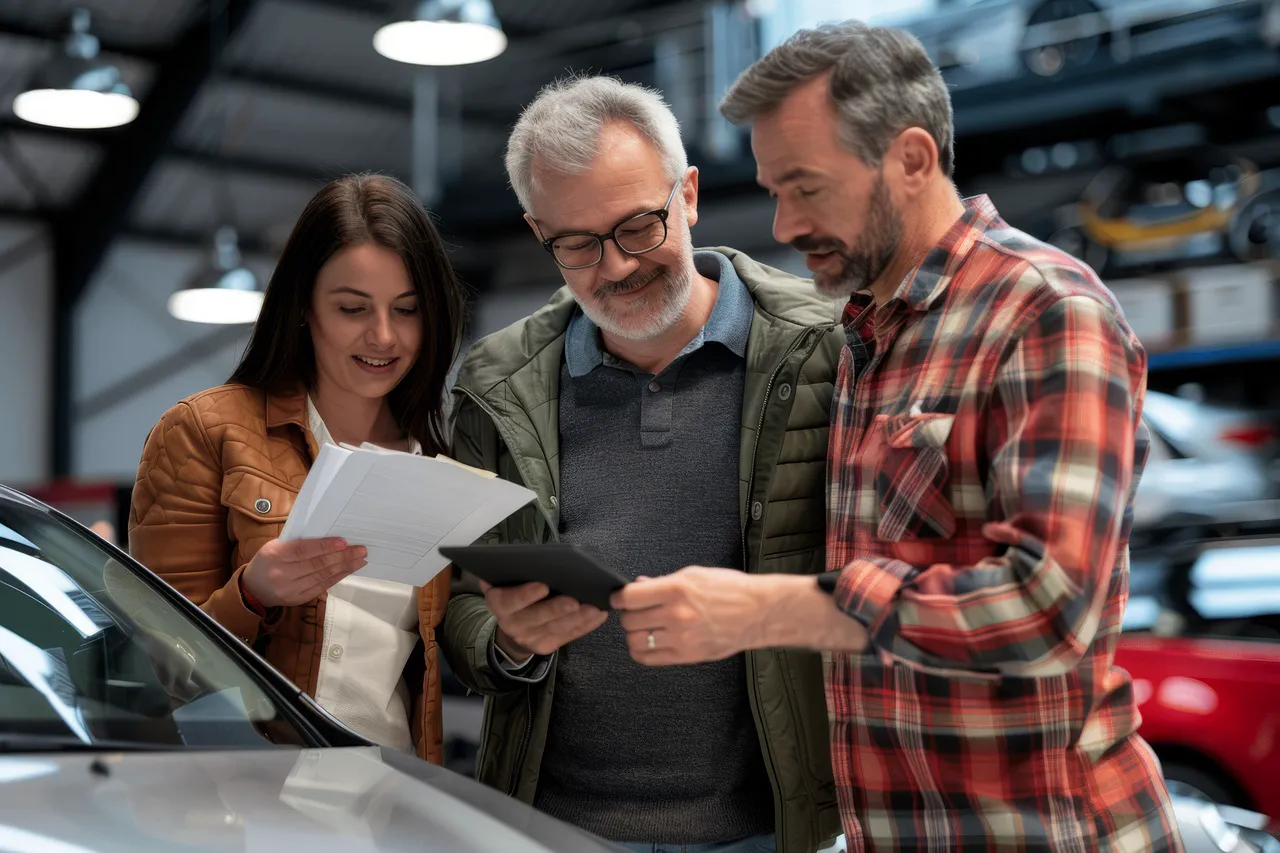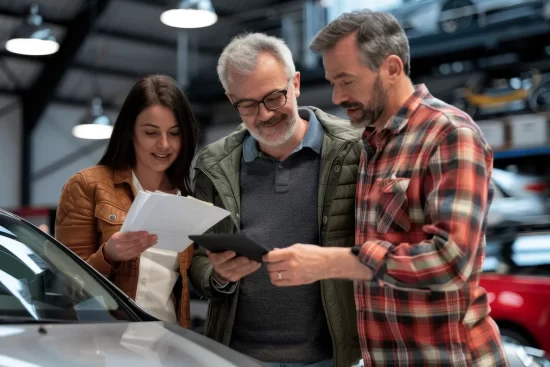
When it comes to acquiring a car, the decision between leasing and buying is one of the biggest financial choices you’ll make. Both options have their advantages and drawbacks, and the best choice depends on your budget, driving habits, and long-term financial goals. In this blog, we’ll break down the key differences between leasing and buying to help you determine which option saves you more money in the long run.
Understanding Leasing vs. Buying
Leasing a Car
Leasing is essentially renting a vehicle for a set period, typically 2-4 years. You make monthly payments based on the car’s depreciation during the lease term, plus fees and interest. At the end of the lease, you return the car unless you choose to buy it.
Pros of Leasing:
- Lower Monthly Payments: Lease payments are generally cheaper than loan payments because you’re only paying for the car’s depreciation, not the full value.
- Drive Newer Models More Often: Leasing allows you to upgrade to a new car every few years with the latest features and technology.
- Lower Maintenance Costs: Since most leases fall under the manufacturer’s warranty, major repairs are often covered.
- No Long-Term Commitment: If you prefer flexibility, leasing lets you switch cars without the hassle of selling.
Cons of Leasing:
- No Ownership Equity: You don’t own the car at the end of the lease, meaning you have no asset to sell or trade in.
- Mileage Restrictions: Leases come with mileage limits (usually 10,000–15,000 miles per year); exceeding them results in costly fees.
- Wear-and-Tear Charges: You may face penalties for excessive wear beyond normal use.
- Continuous Payments: Unlike buying, leasing means you’ll always have a car payment unless you eventually purchase a vehicle outright.
Buying a Car
Buying a car means financing it through a loan or paying cash upfront. Once the loan is paid off, you own the vehicle outright.
Pros of Buying:
- Ownership & Equity: After paying off the loan, the car is yours, providing long-term value and potential trade-in or resale options.
- No Mileage Restrictions: You can drive as much as you want without penalties.
- Customization Freedom: Owners can modify their cars without worrying about lease agreements.
- Long-Term Savings: Once the loan is paid, you only need to cover maintenance, insurance, and taxes—no monthly car payments.
Cons of Buying:
- Higher Monthly Payments: Loan payments are usually higher than lease payments since you’re paying for the full vehicle cost.
- Depreciation Loss: Cars lose value over time, and if you sell later, you may get less than what you paid.
- Maintenance Costs: After the warranty expires, repair costs come out of pocket.
- Longer Commitment: Keeping a car long-term means dealing with aging technology and potential reliability issues.
Which Option Saves You More in the Long Run?
When Leasing Makes More Sense:
- You prefer driving a new car every few years.
- You don’t drive more than the lease’s mileage limits.
- You want lower monthly payments and can handle continuous payments.
- You don’t mind not building equity in a vehicle.
When Buying Makes More Sense:
- You plan to keep the car for 5+ years.
- You drive a lot and don’t want mileage restrictions.
- You want to eventually eliminate car payments.
- You prefer having an asset that can be sold or traded in later.
Financial Comparison: Leasing vs. Buying Over 10 Years
Let’s compare two scenarios for the same car (priced at $30,000):
- Leasing:
- Lease term: 3 years ($300/month)
- After 10 years: You lease 3 different cars (total spent: ~$36,000)
- No ownership—always making payments.
- Buying:
- Loan term: 5 years ($500/month)
- After 10 years: Own the car outright (total spent: ~$30,000 + maintenance)
- Potential resale value after 10 years: ~5,000–5,000–10,000
In this example, buying could save you more in the long run, especially if you keep the car well-maintained.
Final Verdict: Which Should You Choose?
- Leasing is better for those who want lower payments, enjoy new cars frequently, and don’t mind not owning the vehicle.
- Buying is better for those who want long-term savings, ownership equity, and no restrictions on mileage or modifications.
Ultimately, the best decision depends on your financial situation and lifestyle. If you prioritize flexibility and lower short-term costs, leasing may be ideal. If you want to build equity and avoid perpetual payments, buying is the smarter long-term choice.
Key Takeaways
- Leasing = Lower payments, no ownership, but continuous costs.
- Buying = Higher payments at first, but long-term savings and ownership.
- Calculate total costs over time to see which aligns with your budget.
By carefully weighing these factors, you can make an informed decision that maximizes your savings and fits your driving needs.
What’s your preference—leasing or buying? Share your thoughts in the comments!






Leave a Reply